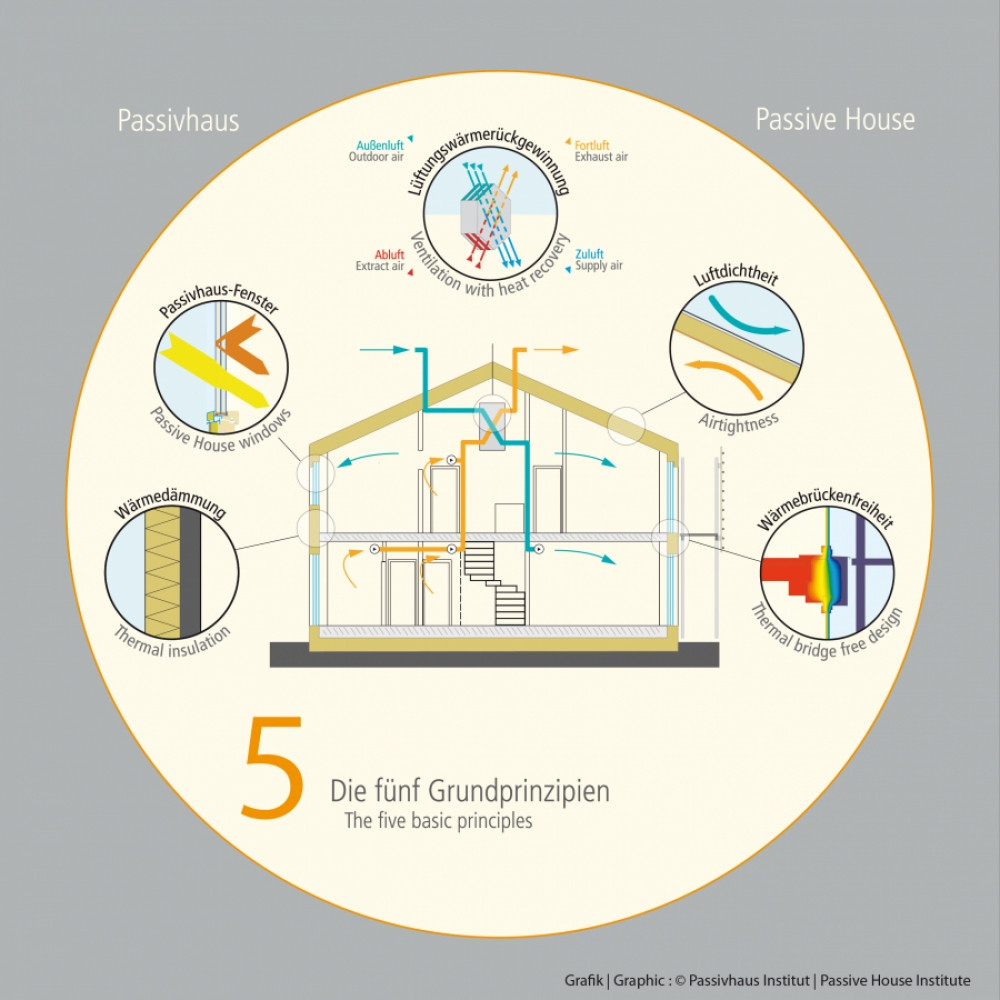
One of the most common misunderstandings we see about our high performance architecture is that we are preoccupied with passive solar design - which is actually something we don't have any particular interest in.
It's easy to see why this confusion happens: Passive House (or Passivhaus) sounds just like passive solar, and both are associated with lower energy use in buildings. That's about where the similarities end.
Certainly, solar orientation is important in Passive House design and in architecture in general, but we don't rely on the sun to create interior spaces that are consistently comfortable.
Passive House is sophisticated, 21st century science based.
Passive Solar is "1970's" low tech counterculture.
Passive House is designed with project-specific, informed physics.
Passive Solar is designed mostly by intuition.
Passive House is a holistic system that addresses all issues related to comfort.
Passive Solar is simply about capturing solar heat gain.
Passive House provides interior air quality of unsurpassed purity.
Passive Solar does nothing to address interior air quality.
Passive House is not really 'passive' - there is always some small, efficient machinery operating.
Passive Solar is not passive at all, when conditions require supplemental heating or cooling.
Passive House requires no compromise in comfort at any time.
Passive Solar creates internal temperature swings that are less than ideal.
Passive House is surprisingly adaptable, and will work well on most sites.
Passive Solar only works in ideal climates, on sites with great solar orientation.
Passive House is adaptable to most any architectural style, and can have nearly any appearance.
Passive Solar always "looks like" a passive solar design.
Passive House delivers pre-determinable performance for known cost-benefit analysis.
Passive Solar is going to mostly be unknown until well after completion and occupancy.
Passive House protects owners from future energy cost increases due to minimal energy demands.
Passive Solar tempers energy use at certain times, but the backup systems typically needed cannot come close to competing with passive house efficiency.
Passive House affords a "set it and forget it" lifestyle. Set the thermostat to the desired setting. You're done.
Passive Solar often requires ongoing interactions from the occupants to maintain comfort.


